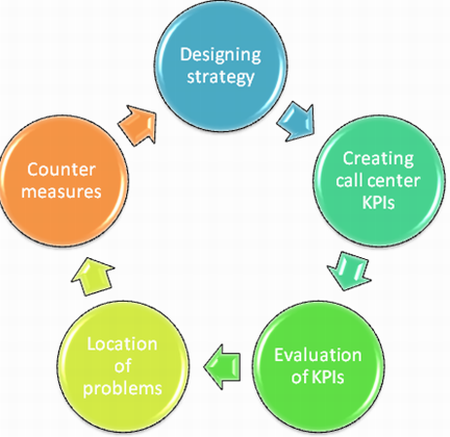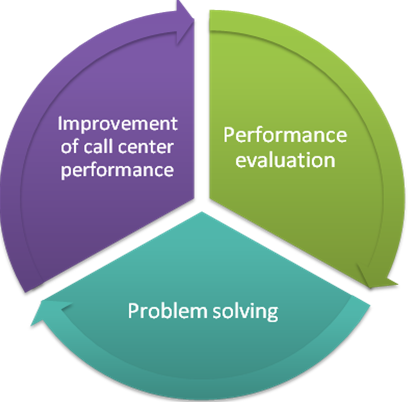Understanding and measuring of key performance indicators can be a painstaking task for call center owners. If you are concerned with this vital issue and wish to find out more about the most significant metrics, then this article will definitely be useful to you. Whether you are an experienced manager who has been implementing KPIs for years or a new agent willing to measure proper company performance, you will learn valuable tips that will help you design an effective metrics strategy, which really works.
In order to be able to assess the performance of any call center, you should initially come up to this process with right metrics. Actually, there are dozens of them nowadays, but this does not mean that you should implement all of them at a time. This will be only a waste of your time and effort. Furthermore, you may be puzzled by such a variety of them and may run a risk to overlook those aspects that are more critical for your business. Listed below are those metrics you should primarily consider when it comes to their introduction.
Average handle time (AHT) is the average amount of time an agent spends both on the phone and engaged into post-call work. It is defined by means of dividing the total amount of general work time (including average talk time and wrap time) by the amount of successfully handled calls. It is not a secret that customers want to have their calls handled efficiently and on time, so if you manage to set up this metric properly, the reputability and popularity of your call center will increase.
Blocking rate is another metric you may benefit from. It is used to make sure that your customers are able to access your call center any time they wish. Ideally, the metric should be not higher that 1%. The higher this rate is, the more dissatisfied your customers will be.
Cost per one contact/call (CPC) is a common KPI that allows call center managers to find out whether there is a need to invest into technology improvement or not. It is defined by means of dividing the overall amount of costs related to handling contacts or receiving calls by their total number.
Finally, we should focus on customer satisfaction, which is a measure of the clients’ contentment with the whole process of interaction and the level of servicing. The more satisfied the customers are – the more improved the productivity of your call center will be. This KPI is interrelated not only with the above mentioned metrics, but with such indicators as number of offered calls, employee satisfaction, occupancy, quality monitoring scores, schedule adherence and service level as well.

